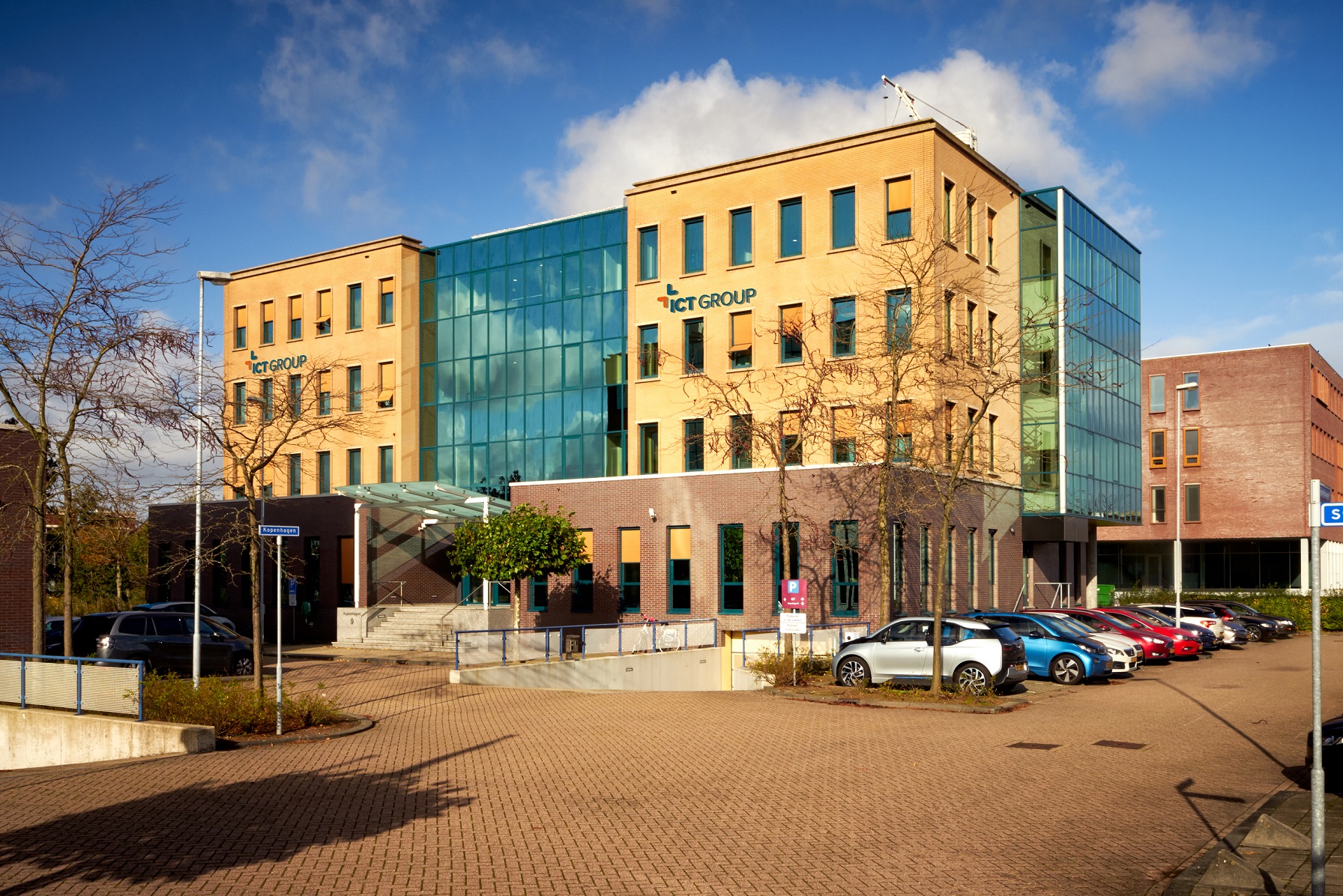
Massachusetts General Hospital
Managing the workflow of radiation therapy
- 28 April 2015
- 3 minutes
Hospitals by their very nature produce huge quantities of data. Medical images in a wide range of formats, test results and medications are only a small part of it. The scope of the medical specialism or the complexity of the data usually means that considerable funds and attention are dedicated to directing the data into a functional and efficient flow.
Radiation therapy is the odd one out in that respect. It is a relatively small specialism, but it produces a huge amount of data. Dr Hanne Kooy, medical physicist at Massachusetts General Hospital (MGH) in Boston, was looking for a software supplier that would be able to produce a customised solution for this relatively small stage.
Dr Hanne Kooy: “General radiology software is widely available and relatively affordable, as there are thousands of suppliers in that market. Radiation therapy, however, is small, extremely complex and desperately seeking a solid foundation to manage that mountain of data and to translate it into an efficient and smooth-running workflow for the generally expensive equipment. ICT (ICT) has the know-how and vision to work with us and deliver the right solution.”
Radiation therapy benefits from efficiency
Radiation therapy is the branch of medicine that uses both internal and external radiation to treat people with solid cancerous tumours. Sometimes a radioactive seed can be planted inside the tumour, but most tumours have to be treated with external radiation. The most common is high-energy photon radiation, and there are thousands of machines available for this, especially in the U.S. MGH, however, has been using the far more specialised proton radiation therapy for some 40 years now. While this was initially a rare therapy, the popularity of this treatment has grown rapidly over the past 10 years. Hospitals are looking to raise their success rates and are now open to this alternative therapy. But the machines are expensive and it is still unclear which techniques are best. This makes it is worthwhile to use existing machines more efficiently, for instance by optimising usage rates. And that is exactly where ICT’s expertise comes into play. ICT will build the underlying structure to link systems, to combine treatments and radiation programs efficiently into a workflow and to manage the data.
ICT provides solutions, not products
ICT has 35 years of experience in linking systems under the header interoperability. ICT was, in fact, a provider of software engineers. They learned the standards for system connectivity on the job at clients. ICT has worked for ASTRO (American Society for Therapeutic Radiation Oncology) since 2007 and together with Philips is a contributor to the open source DVTk project. This has given ICT know-how in the validation of medical communication protocols.
The number of ICT engineers in this field increased, and the company combined their expertise in Healthcare. However, their expertise goes way beyond technology, as it now also covers sector and broad and extensive domain know-how. This specialisation was developed under the header Medical Data Exchange. Initially, ICT’s operating domain was the hospital in general, but the work subsequently focused more specifically on the field of radiology, to end for the time being in the ‘niche’ market of radiation therapy. This is a niche market with few active providers and a market in which customised solutions are virtually unheard of.
ICT has made a strategic choice to focus its Medical Data Exchange-related efforts on the fields of radiation therapy and Big Data domains such as (digital) pathology. The questions Massachusetts General Hospital is asking are the same questions ICT is trying to answer. ICT will therefore focus on the problems related to radiation therapy standards. Because that is where ICT and MGH meet.
MGH needs a real partner
Dr Hanne Kooy: “Radiation therapy is too small a field for the big software players to offer specific systems. And if I ask those companies to make what I am looking for it will be unaffordable. Those software makers will produce their own product and we will then have to make it work for us. That is not what I want. I want the best for our hospital in terms of radiation therapy. Radiation therapy patients come back every day for 30 days.
They receive different treatments from different specialists, including chemotherapy and surgery. This produces new data every single time, which then has to be recorded and updated so we can measure the progress of the treatment. When you make that data transparent and easy to access, you can provide better care for your patients. Their care is more focused, faster and more personal. Right now, specialist A phones and mails specialist B for information.
That is not how it is supposed to work; it should be automated. ICT is a real partner in this process, a party willing to help us find a solution. And a partner with the required know-how, both technical and medical.”
From now to the ideal
As we noted above, the radiation therapy department at MGH produces vast quantities of data. But that data is produced by a wide variety of programs and is not coordinated. The data is stored centrally, but no connections are made. What is the patient’s status? Why? How does one bit of data affect another? That is the challenge for ICT. The first part of the job was taking stock of the existing situation and producing an outline for the ideal situation in the future. That is the building site for the coming years. ICT has placed markers along the route, defined stages with the obligation to prove the validity of each step along the way, so we know we are on the right track. After all, we cannot see into the future.
Smart connections
The first stage is monitoring. All these systems transmit data. But who does what? Why? What does the equipment do? We will be recording this basis. Then we will go back to the start to find the steps that are logical but are not happening. Then we will slowly build up the cohesion. Someone has made a plan for a specific type of cancer. Has it been approved and has that been recorded? Pure facts.
In the next stage we will be making smart connections. For instance, we will build the infrastructure for the monitoring and subsequently superimpose business logic on this so the system makes the connections it should. Using these connections, we draw conclusions from the various systems that serve to fill the database of MGH’s own system. This system acts as a kind of checklist to tick off the various treatments. This enables the person in question to arrive at a decision automatically and eventually it will be possible to even ‘instruct’ the equipment automatically. Ultimately, patients will have their medical data on their smartphone or tablet and the hospital will no longer have to look anything up. The result: improved workflow, more efficient use of expensive equipment and faster and improved care for patients. And this is not science fiction; the standards already exist.
